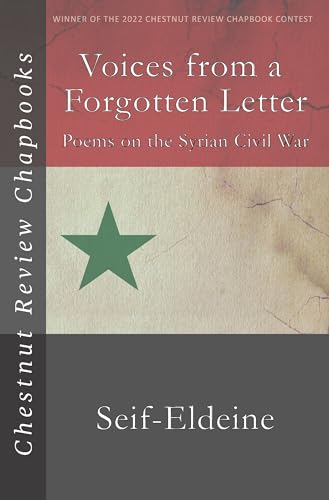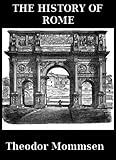The classical historian Theodor Mommsen (1817 1903) published his monumental History of Rome between 1854 and 1856. His work was received with widespread acclaim by the scholarly community and the reading public. In 1902 Mommsen was awarded the Nobel Prize for Literature and acclaimed as 'the greatest living master of the art of historical writing'. Mommsen rejected traditional Enlightenment accounts, which glorified ancient Rome; instead, guided by a new and rigorous criticism of sources, Mommsen began the demythologisation of Roman history. In a vivacious and engaging style, Mommsen drew bold parallels between the nineteenth century and classical Rome. Volume 3 covers the turbulent period from the reforms of Tiberius Gracchus to the death of Sulla, with separate chapters on nationality, religion and education, and the Roman economy.


